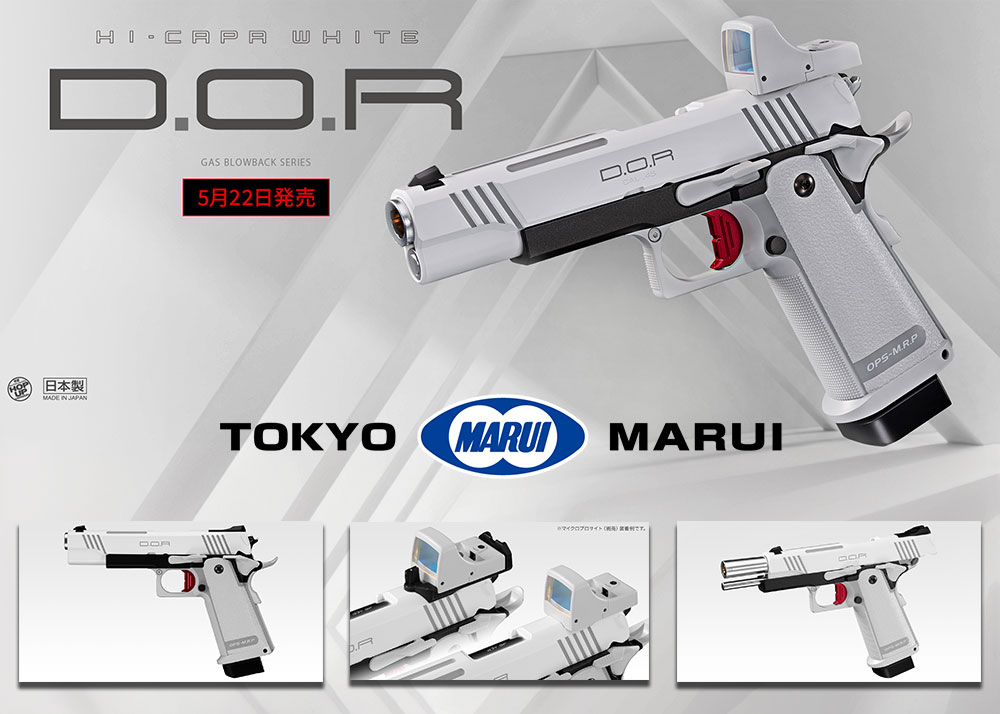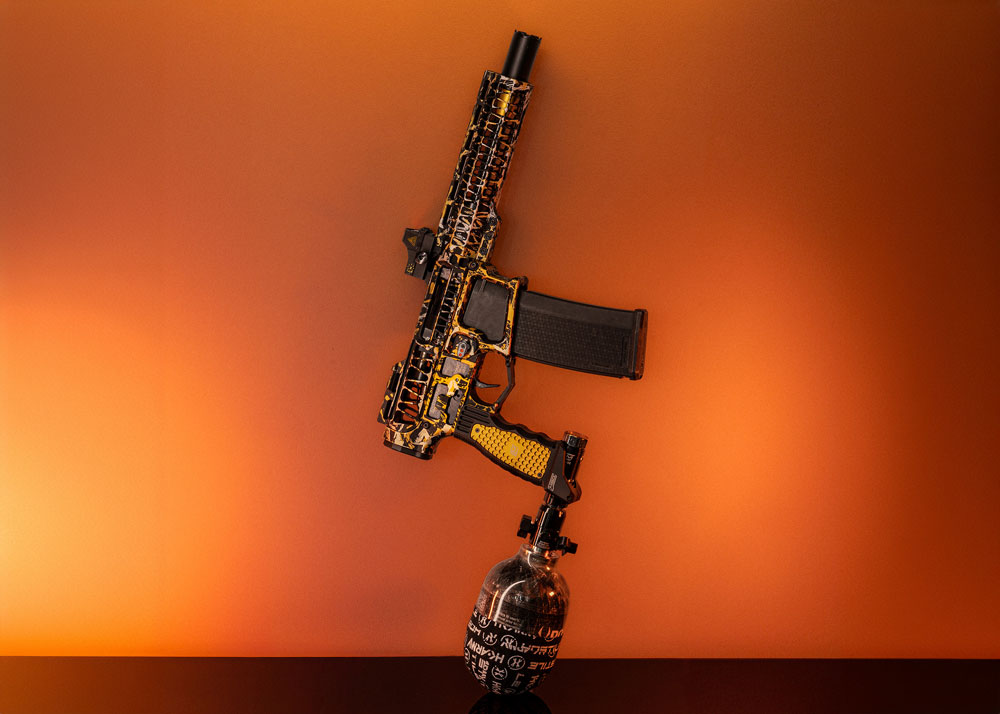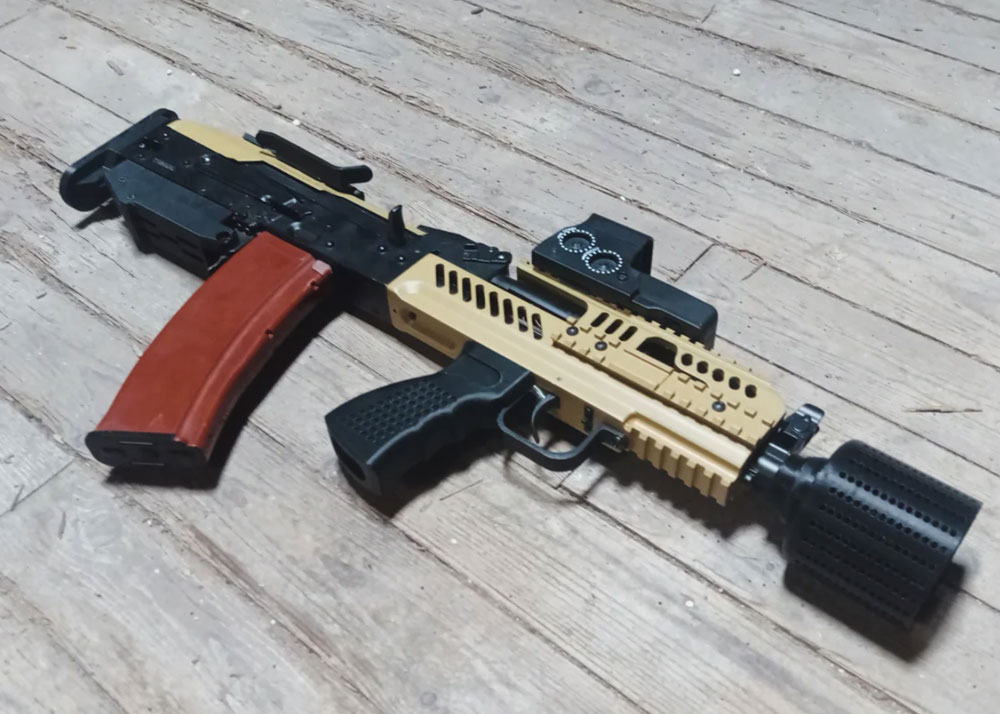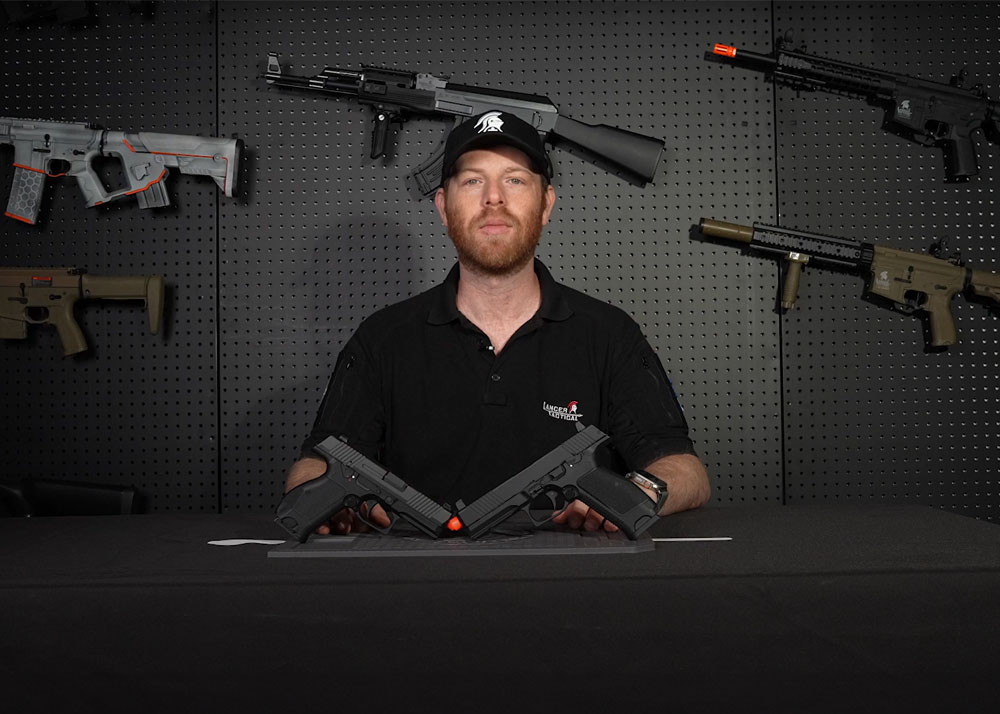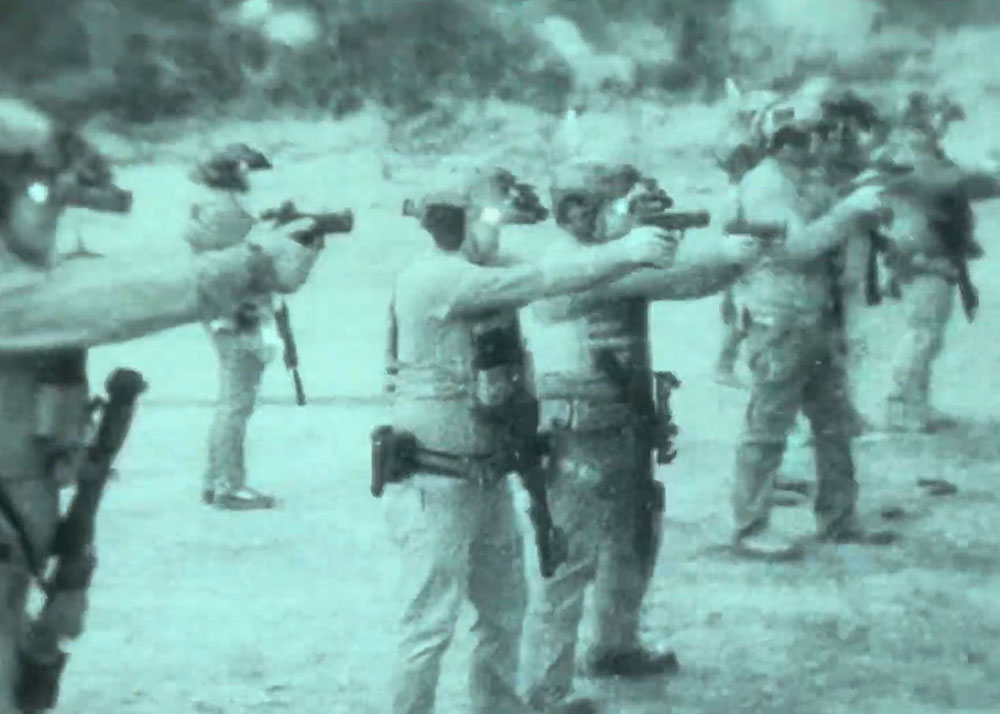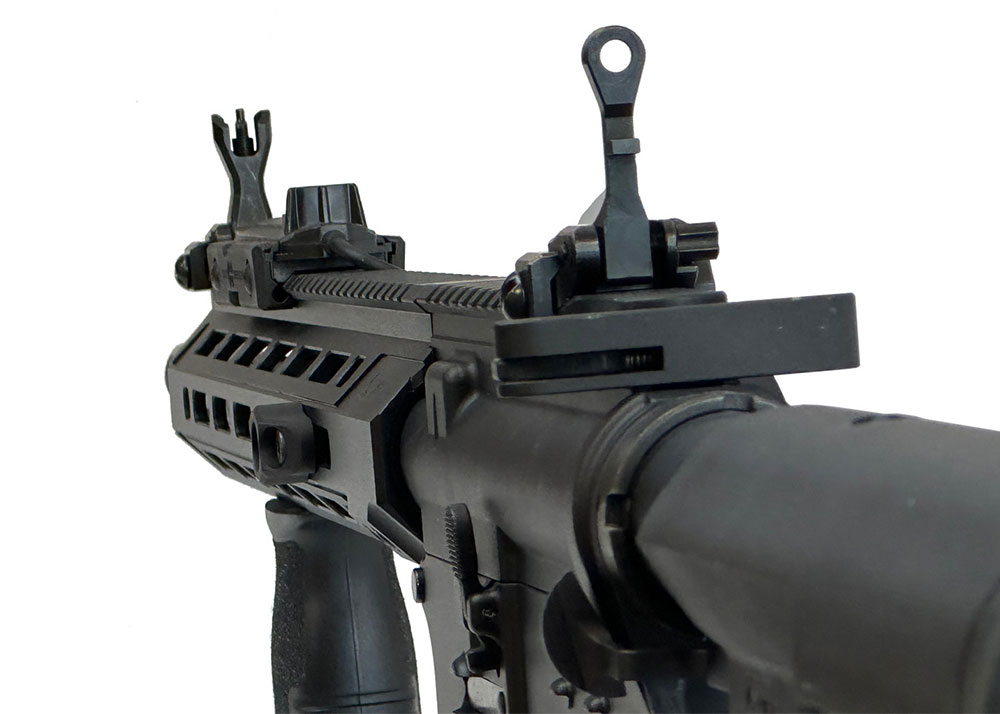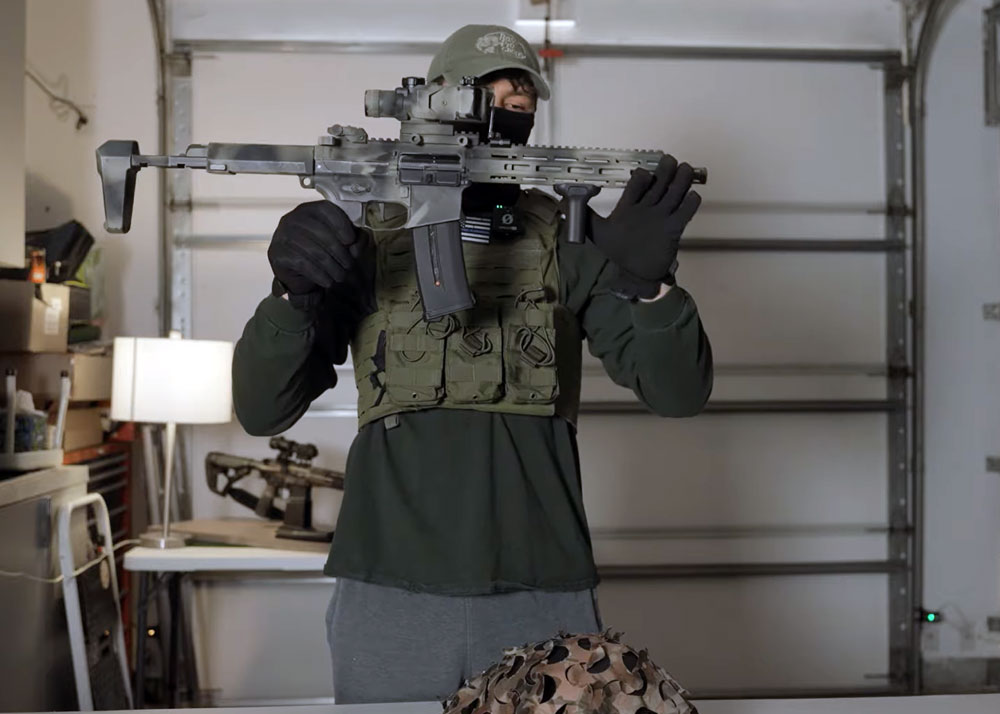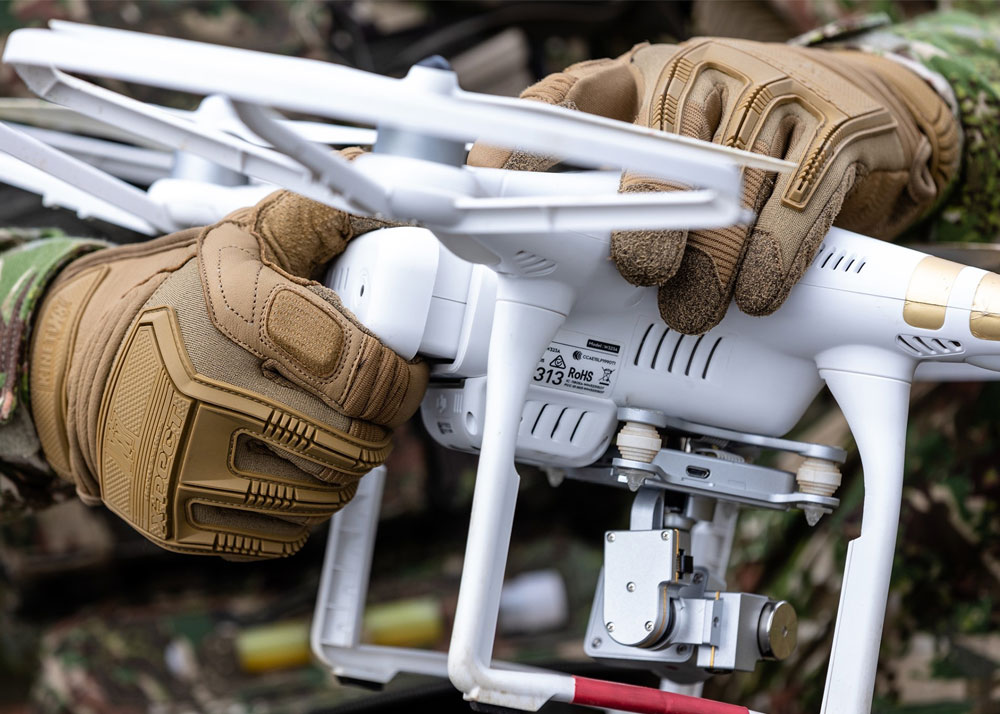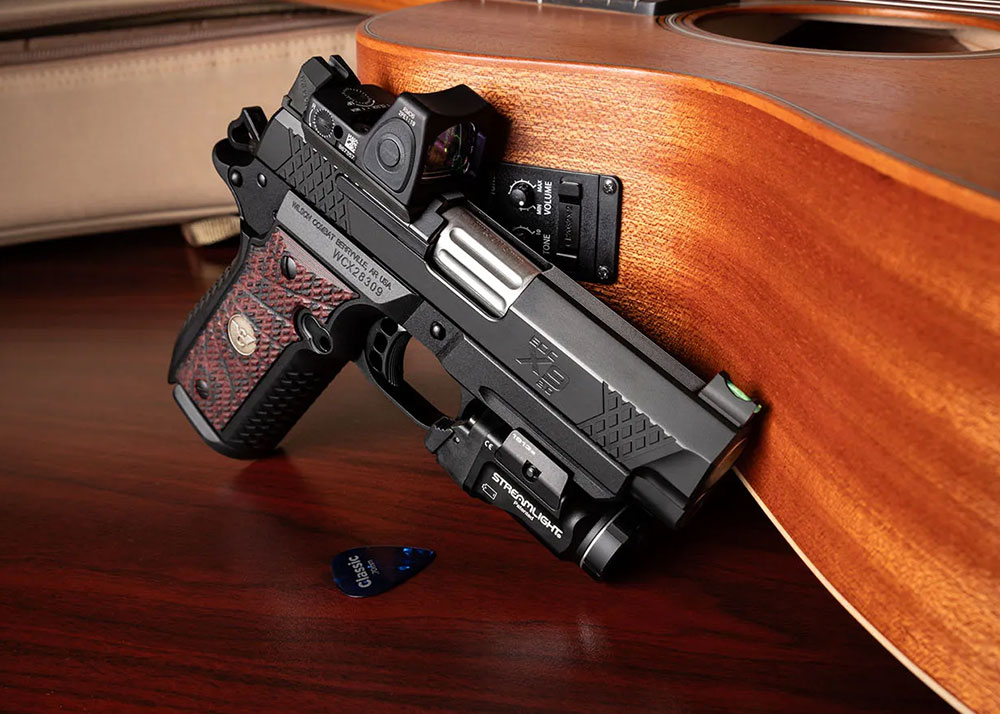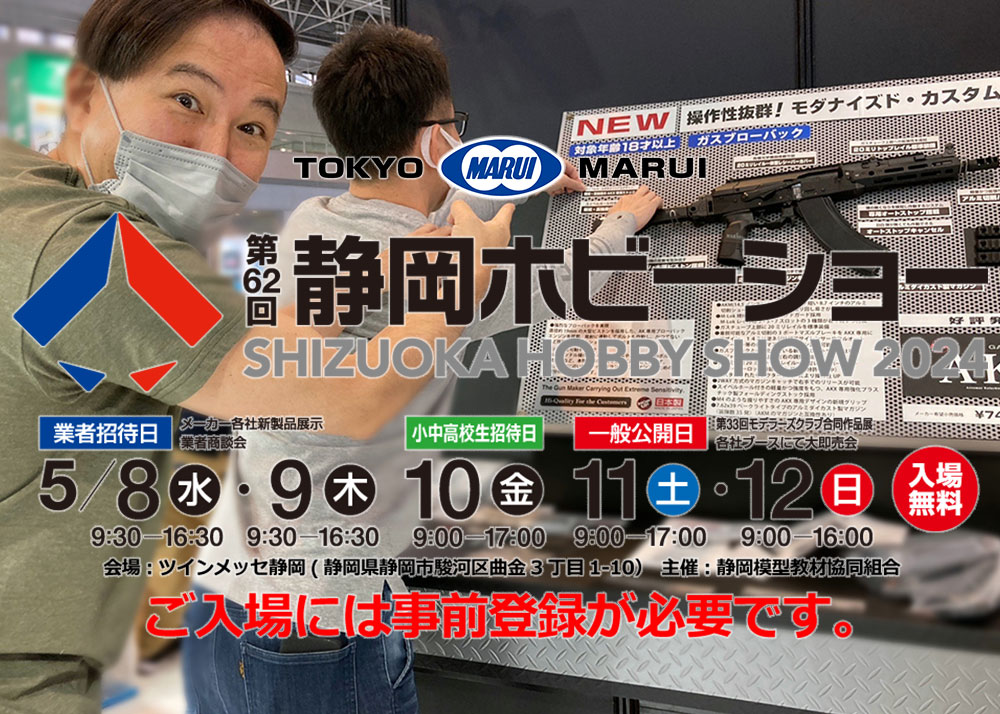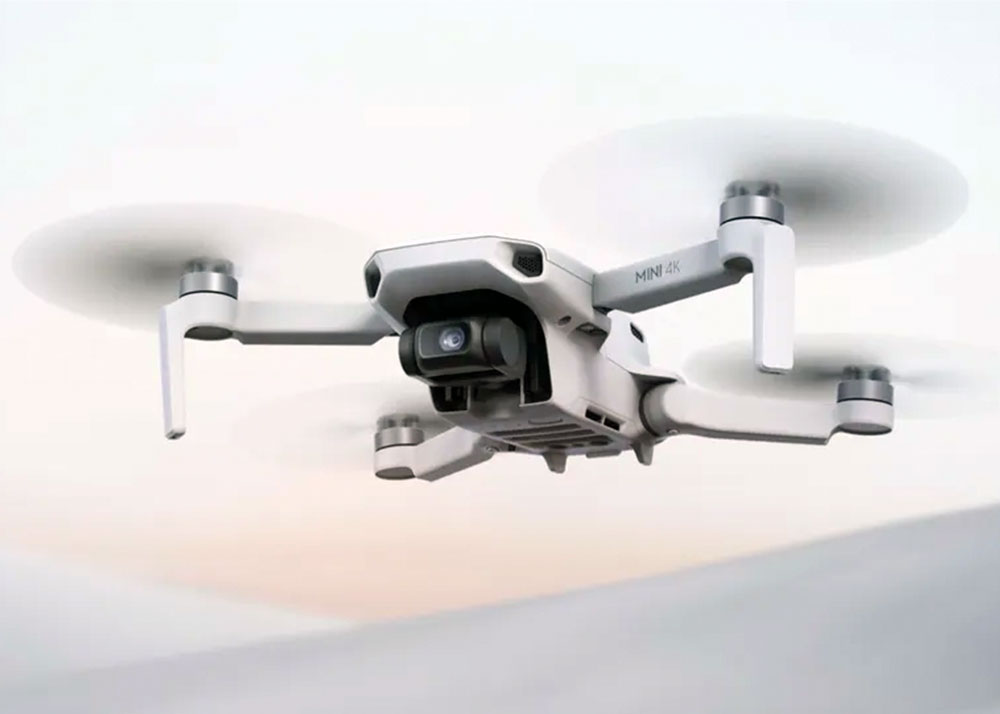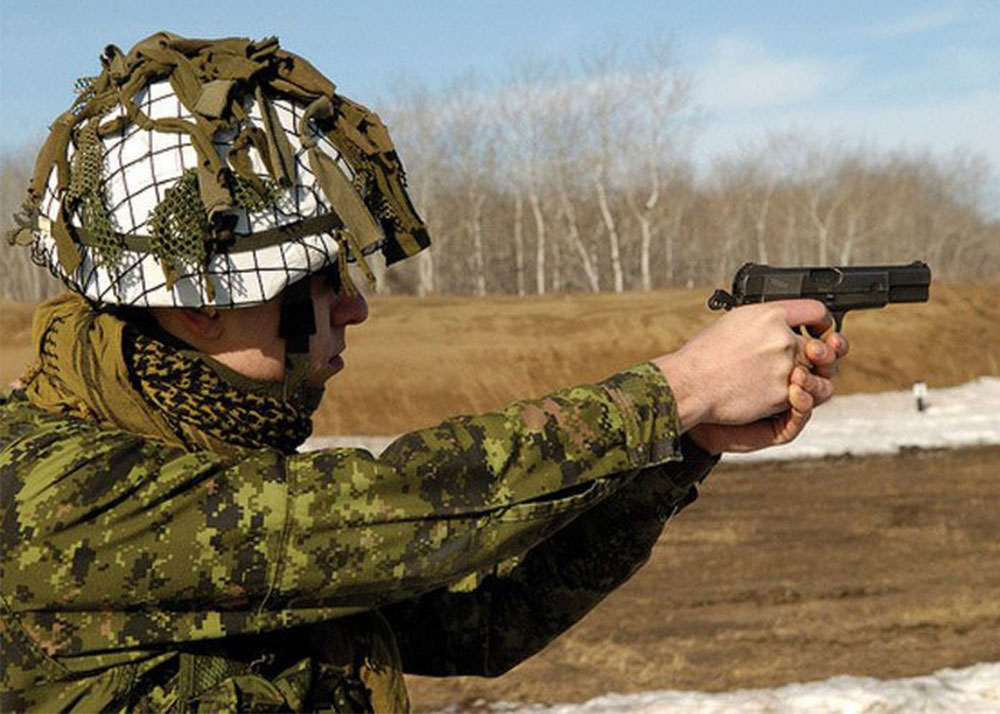New IOTV For U.S. Army Women Being Fielded
Logan
14 Dec 2012
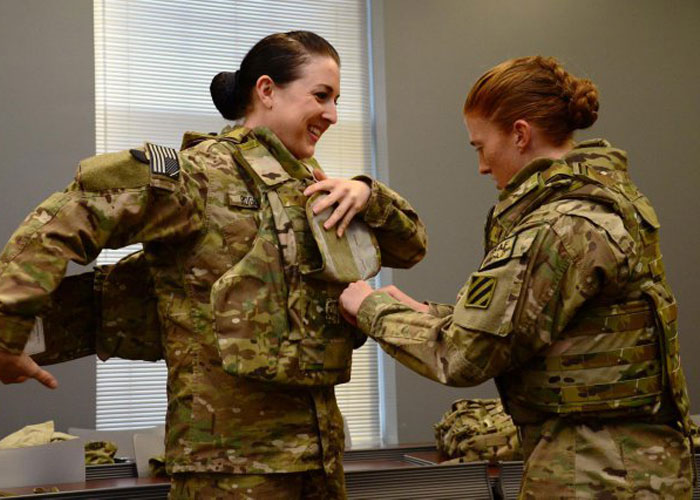
This new development in the U.S. Army of creating gear specifically made to fit women is something that we welcome since it may also lead to the creation of gear that can be used by women in airsoft. If there's something that's also hindering women in joining airsoft, some say that the gear they are mainly made for men.
In a recent report from Army.mil, the U.S. Army now are fielding the IOTV armor for women and the with 1st Armor Brigade Combat Team, Third Infantry Division, which will be deployed to Afghanistan will be the first unit to have their women members to wear the armor. The armor was already tested by female soldiers from different units such as the 101st Airborne.
Will it lead to more gear designed for women. We sure hope so as the fittings of gear made for women would help in enticing more women to join the forces. And for us in the airsoft community, having gear designed for women would greatly help. I remember about a discussion by Optimus Prime with the National Airsoft Girls (NAG) and they want to design gear that are made for women since their choices are very much limited looking at all the gear in the market. If it that's what it takes to attractg more women to our hobby, then gear manufacturers should take note.
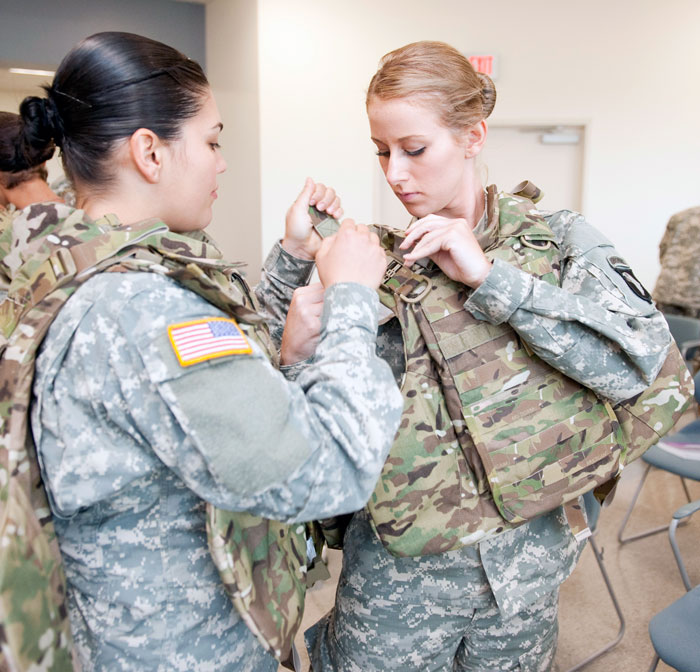
Here's the full press release:
'Raider' women among first in Army to get new tactical vests
FORT STEWART, Ga. (Dec. 3, 2012) -- As members of the female engagement team with 1st Armor Brigade Combat Team, Third Infantry Division, deploying soon, they will be sporting a new piece of gear that only a handful of Soldiers in Afghanistan currently have: brand new armored vests tailored to the female body.
The push to create these new vests began in 2009 when the 101st Airborne Division reported issues female Soldiers were having with the fit and maneuverability of the recently fielded Generation II IOTVs.
"When I was with the 101st in Afghanistan, I raised the issue there that we had female Soldiers going outside the wire on a routine basis and their equipment was just too large for them to operate and correctly pocket their weapon in," said Master Sgt. Jeff Fenlason. "Because the problems were directly affecting the ability of these women to operate efficiently in combat, the Army began looking for ways to improve the vests."
On Wednesday, the 1st ABCT FET gathered in a small room with the lead product engineer of the Generation III Female Improved Outer Tactical Vests and officially became the second group in the Army to ever receive the new equipment.
Making the changes to these vests marks a culture change in the Army which hasn't always been the easiest to overcome.
"We, as a military, have to truly accept that our female Soldiers are combatants, they are in harm's way and this battlefield does not have a frontline," said Master Sgt. Fenlason. "As we have recognized that tactically, we are now getting caught up equipment-wise and in training."
During the initial push for a better vest, the U.S. Army Natick Soldier Research, Development and Engineering Center initiated multiple surveys and found that about 85 percent of women in the Army were wearing a vest one size too large and about 52 percent were wearing a vest about two sizes too large.
"Over the course of a couple years, NSRDEC worked through a couple design changes, and what we put the 1st ABCT FET team in is the result of all that work," explained Master Sgt. Fenlason, who is now operating as a plans noncommissioned officer for 1st ABCT.
"These vests are absolutely amazing," said Cpt. Orielle Buentello, the FET officer-in-charge after trying on her vest for the first time. "The most exciting part is by far the fact that it really just fits us. I feel like I have complete mobility and function."
The new gear is designed to curve with the female anatomy, and the parts come in multiple sizes to custom fit to each woman, unlike the one-size-fits-all Gen II model.
"I can actually move my arms now," remarked Private 1st Class Mary Kidd, a medic with the FET. "It covers the places that it is supposed to cover, and now that it fits the whole vest feels a lot lighter."
But mobility is not the only improvement these vests offer.
"The vest is vastly going to improve my ability to defend myself with a weapon," Cpt. Buentello explained. "The old vests were too wide on my shoulders and high around my neck. Now, I feel like I have an extra two inches of reach through my arms and I will be able to get a proper sight alignment, making it easier to hit my target."
This team of eight women will be the final significant test before the vests become more widely available, said Deana Archambault, the Gen III Female IOTV product engineer. The target is to release 3,000 vests by the summer of 2013.

